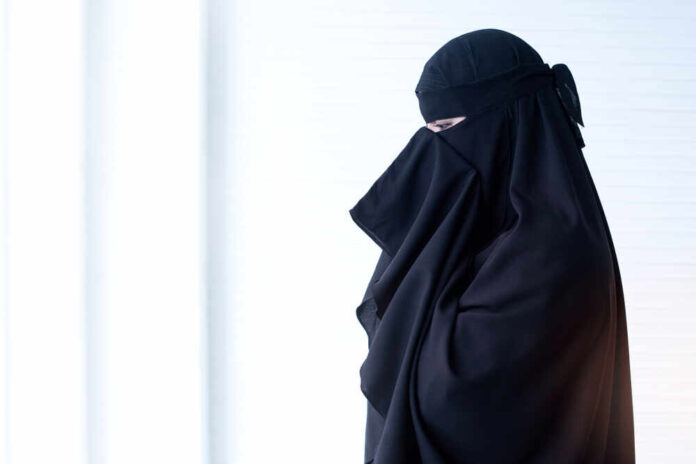
Although France has been among the European Union nations most willing to accept immigrants from predominantly Muslim nations in recent years, its education minister recently clarified a policy that will prevent those who practice Islam from wearing certain religious garments to school.
As Gabriel Attal confirmed in a statement on Sunday: “When you walk into a classroom, you shouldn’t be able to identify the pupils’ religion just by looking at them. I have decided that the abaya could no longer be worn in schools.”
The abaya is a long robe worn over clothing by many Muslim girls and women that covers the head and body. By banning the garment in schools, Attal noted that France’s laws establishing a secular educational environment would be preserved.
Nearly two decades ago, the nation passed a law prohibiting “the wearing of signs or outfits by which students ostensibly show a religious affiliation.”
Islamic headscarves were already banned in schools prior to his latest declaration.
“Secularism means the freedom to emancipate oneself through school,” the official asserted, noting that wearing an abaya is “a religious gesture, aimed at testing the resistance of the republic toward the secular sanctuary that school must constitute.”
Millions of Muslims currently reside in France, and many of them took to the streets in protest after a law banning face-covering Islamic veils in public went into effect in 2011.
Muslim refugees from Syria and other nations into Europe have fundamentally changed the demographics across the continent, as one 2017 report explained. If the high rate of immigration seen between 2014 and 2016 continued, Pew Research Center projected, the population of Sweden would be about 30% Muslim by 2050.
ISLAMISATION OF EUROPE
Legal Muslim population was 8.8% in France in 2016.
But, this 8.8% did not include refugees & illegal muslim migrants. So, the actual % could have been 11% in 2016 itself.
(Even in India, muslim population is around 15% on paper. But, we know the number… pic.twitter.com/VlKYonpCE5
— Incognito (@Incognito_qfs) July 1, 2023
A more realistic outcome, researchers concluded, would be a medium-to-high rate of immigration that would result in nearly 14% of the European continent to be Muslim by mid-century.
Even if Muslim immigration had halted entirely at its peak in 2016, the anticipated birth rate disparities between European natives and migrants would result in about 7.4% of Europe to be Muslim by 2050.
Although immigration from Muslim countries has continued over the past several years, heightened unrest in France has led leaders in that nation and elsewhere across Europe to begin favoring stricter regulations



























